Home>Renovation & DIY>Tools & Equipment>What Is The Standard Phillips Screwdriver Size
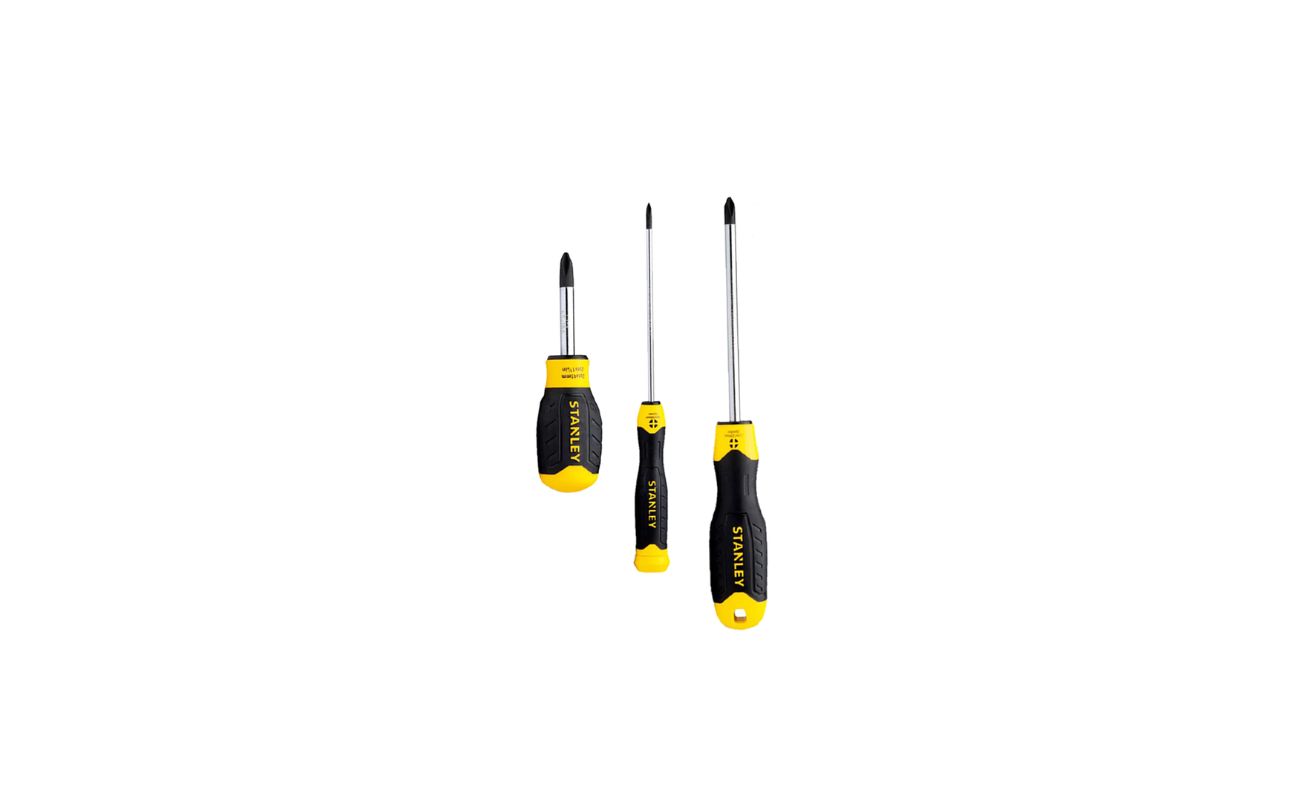

Tools & Equipment
What Is The Standard Phillips Screwdriver Size
Modified: January 4, 2024
Discover the standard Phillips screwdriver size and its importance in your toolkit. Find the right tools and equipment for your projects.
(Many of the links in this article redirect to a specific reviewed product. Your purchase of these products through affiliate links helps to generate commission for Storables.com, at no extra cost. Learn more)
Introduction
When it comes to DIY projects or professional construction and repair work, having the right tools is essential. One of the most commonly used tools is the Phillips screwdriver, a versatile and indispensable instrument for driving and removing screws. Understanding the standard Phillips screwdriver sizes is crucial for effectively tackling various tasks, from assembling furniture to repairing electronic devices. In this comprehensive guide, we will delve into the intricacies of Phillips screwdrivers, explore the standard sizes available, and provide insights into determining the correct size for your specific needs. Whether you are a seasoned craftsman or a DIY enthusiast, mastering the nuances of Phillips screwdrivers will undoubtedly elevate your efficiency and precision in any project.
Key Takeaways:
- Choose the right Phillips screwdriver size by matching it to the screw head for a secure fit and efficient fastening, preventing damage and ensuring stability in your projects.
- Understanding the standard Phillips screwdriver sizes, from #0 to #4, empowers you to confidently select the perfect tool for any task, whether it’s delicate electronics or heavy-duty construction.
Understanding Phillips Screwdrivers
Phillips screwdrivers are distinguished by their cross-shaped tips, designed to fit into corresponding Phillips screws. This innovative design allows for increased torque and reduced slippage, making Phillips screwdrivers ideal for driving screws into a wide range of materials, including wood, metal, and plastic. The unique cross-recessed pattern of Phillips screws provides enhanced stability and minimizes the risk of the screwdriver slipping out during use, ensuring a secure and efficient fastening process.
These screwdrivers are available in various sizes, each denoted by a number. The most common sizes include #0, #1, #2, #3, and #4, with #2 being the standard size for general applications. The versatility and effectiveness of Phillips screwdrivers have made them a staple in toolboxes across the globe, catering to the diverse needs of professionals and hobbyists alike.
It’s important to note that the size of a Phillips screwdriver corresponds to the size of the screw head it is intended to drive. Using the correct size is crucial for preventing damage to the screw head and ensuring a snug and secure fit. By understanding the nuances of Phillips screwdrivers and their applications, individuals can harness the full potential of these indispensable tools, empowering them to tackle a myriad of projects with confidence and precision.
Standard Phillips Screwdriver Sizes
Phillips screwdrivers are available in a range of standard sizes, each tailored to accommodate specific screw dimensions. The sizing system is denoted by numbers, with higher numbers indicating larger sizes. The most commonly used standard sizes include #0, #1, #2, #3, and #4, each serving distinct purposes based on the corresponding screw head dimensions. Understanding the characteristics and applications of these standard sizes is essential for selecting the appropriate Phillips screwdriver for a given task.
1. #0: The #0 Phillips screwdriver is designed for driving small screws commonly found in electronics, eyeglasses, and delicate instruments. Its petite size and precision make it indispensable for intricate and fine-detail work, where standard-sized screwdrivers may be too large to maneuver effectively.
2. #1: The #1 Phillips screwdriver is suitable for driving medium-sized screws and is commonly used in automotive, electrical, and appliance repairs. Its versatility and compatibility with a wide range of screw heads make it a valuable tool for various mechanical and household applications.
3. #2 (Standard Size): The #2 Phillips screwdriver is the standard size for general-purpose use, catering to a broad spectrum of screw sizes encountered in woodworking, construction, and everyday household tasks. Its widespread applicability and balanced design make it the go-to choice for many professionals and DIY enthusiasts.
4. #3: The #3 Phillips screwdriver is engineered for driving larger screws, often utilized in heavy-duty construction, industrial equipment, and furniture assembly. Its robust build and enhanced torque capacity enable efficient handling of substantial fasteners, making it an indispensable tool for heavy-duty applications.
5. #4: The #4 Phillips screwdriver is tailored for driving very large screws, typically employed in industrial machinery, construction projects, and specialized applications requiring substantial fastening power. Its robust construction and ample torque make it well-suited for handling oversized screws with precision and control.
By familiarizing oneself with the standard Phillips screwdriver sizes and their respective applications, individuals can confidently select the appropriate tool for a wide array of projects, ensuring optimal performance and precision in fastening operations.
The standard Phillips screwdriver size is determined by the number, with #0 being the smallest and #4 being the largest. Choose the size that matches the screw head for best results.
Determining the Correct Size
Identifying the correct Phillips screwdriver size is paramount for achieving secure and effective fastening results. Selecting the wrong size can lead to slippage, damage to the screw head, and compromised structural integrity. Fortunately, determining the appropriate size is a straightforward process that involves assessing the screw head dimensions and selecting a Phillips screwdriver that matches the size requirements.
Here are the key steps for determining the correct Phillips screwdriver size:
- Examine the Screw Head: Before selecting a Phillips screwdriver, carefully inspect the screw head to gauge its size and shape. The cross-recessed pattern should be assessed to determine the appropriate size required for a snug and secure fit.
- Match the Size: Once the screw head dimensions have been identified, select a Phillips screwdriver that corresponds to the size of the screw head. Refer to the standard sizing system, including #0, #1, #2, #3, and #4, to choose the most suitable tool for the task at hand.
- Test for Compatibility: After selecting a Phillips screwdriver, test its compatibility with the screw head by firmly engaging the tool with the screw. A proper fit should result in the screwdriver sitting snugly within the cross-recessed cavity, allowing for controlled and stable manipulation.
- Verify Torque Requirements: In addition to matching the size of the screw head, consider the torque requirements of the fastening application. For larger or heavy-duty screws, opting for a Phillips screwdriver with a higher size number can provide the necessary torque and stability for efficient driving.
By meticulously assessing the screw head dimensions and selecting the appropriate Phillips screwdriver size, individuals can optimize the fastening process, minimize the risk of damage, and ensure the structural integrity of assembled components. This methodical approach empowers users to make informed decisions when choosing the right tool for a diverse range of projects, from intricate electronic repairs to heavy-duty construction endeavors.
Conclusion
Mastering the nuances of Phillips screwdrivers and understanding the standard sizes is essential for anyone involved in construction, repair, or DIY projects. By familiarizing oneself with the distinct characteristics and applications of #0, #1, #2, #3, and #4 Phillips screwdriver sizes, individuals can confidently select the appropriate tool for a myriad of tasks, ranging from delicate electronic repairs to heavy-duty industrial applications.
Choosing the correct Phillips screwdriver size not only ensures a secure and snug fit but also minimizes the risk of slippage and damage to the screw head, ultimately enhancing the overall efficiency and precision of fastening operations. Whether it’s assembling furniture, repairing electronics, or engaging in large-scale construction projects, the right Phillips screwdriver size is instrumental in achieving optimal results.
By following the simple yet crucial steps for determining the correct size, individuals can streamline their work processes, mitigate potential errors, and elevate the quality of their craftsmanship. The versatility and reliability of Phillips screwdrivers, coupled with a deep understanding of their standard sizes, empower users to approach diverse projects with confidence and proficiency.
In conclusion, the standard Phillips screwdriver sizes, ranging from #0 to #4, cater to a broad spectrum of fastening needs, offering precision, torque, and stability across various applications. Embracing the intricacies of Phillips screwdrivers and their standard sizes equips individuals with the knowledge and tools necessary to excel in their endeavors, solidifying the pivotal role of these indispensable instruments in the realm of construction, repair, and DIY craftsmanship.
Frequently Asked Questions about What Is The Standard Phillips Screwdriver Size
Was this page helpful?
At Storables.com, we guarantee accurate and reliable information. Our content, validated by Expert Board Contributors, is crafted following stringent Editorial Policies. We're committed to providing you with well-researched, expert-backed insights for all your informational needs.
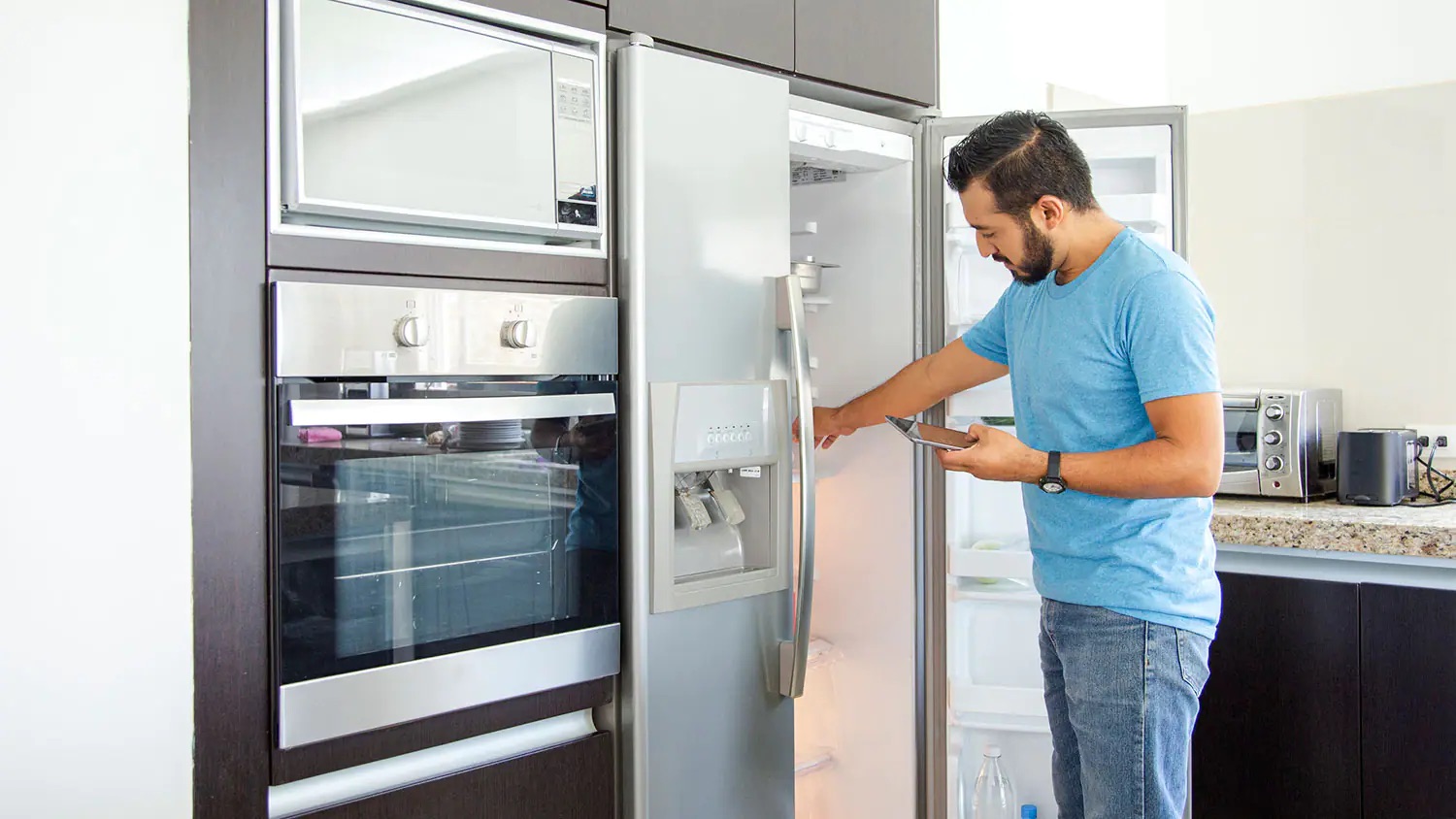

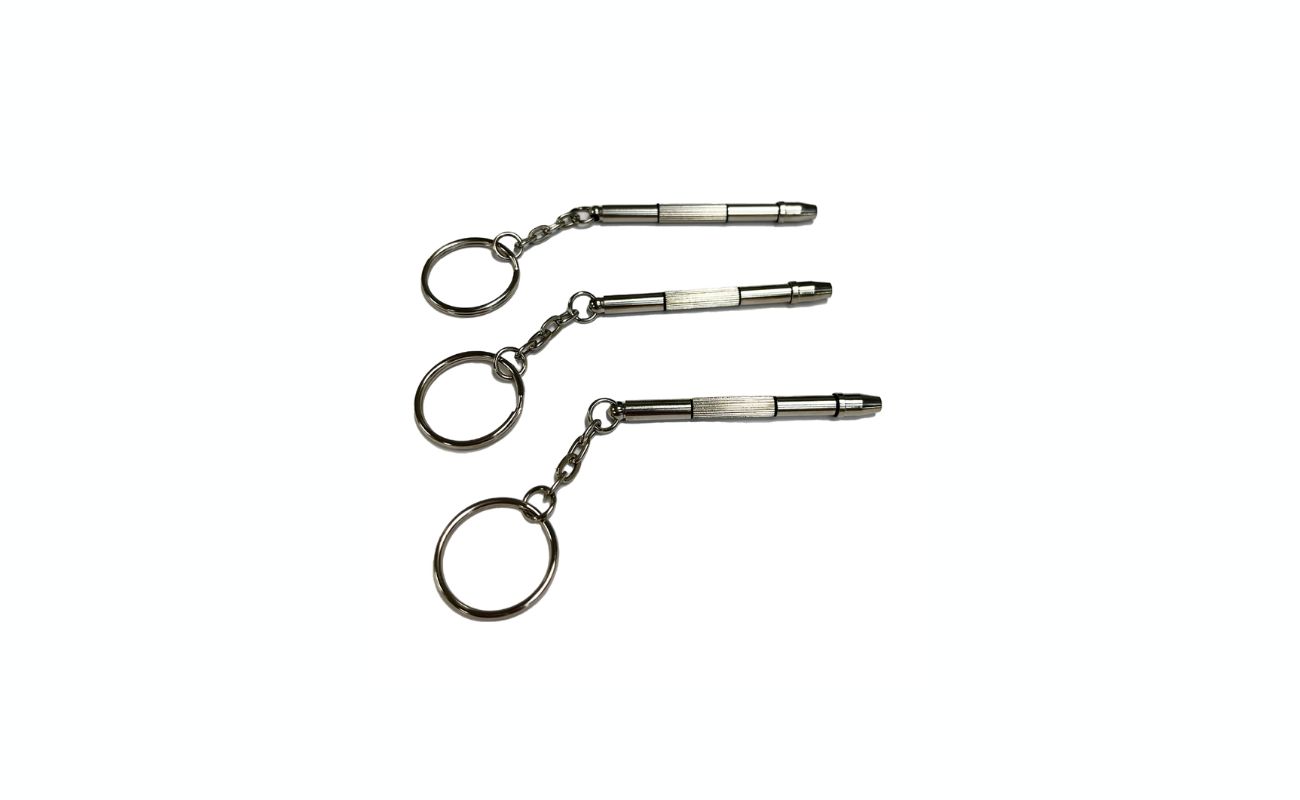




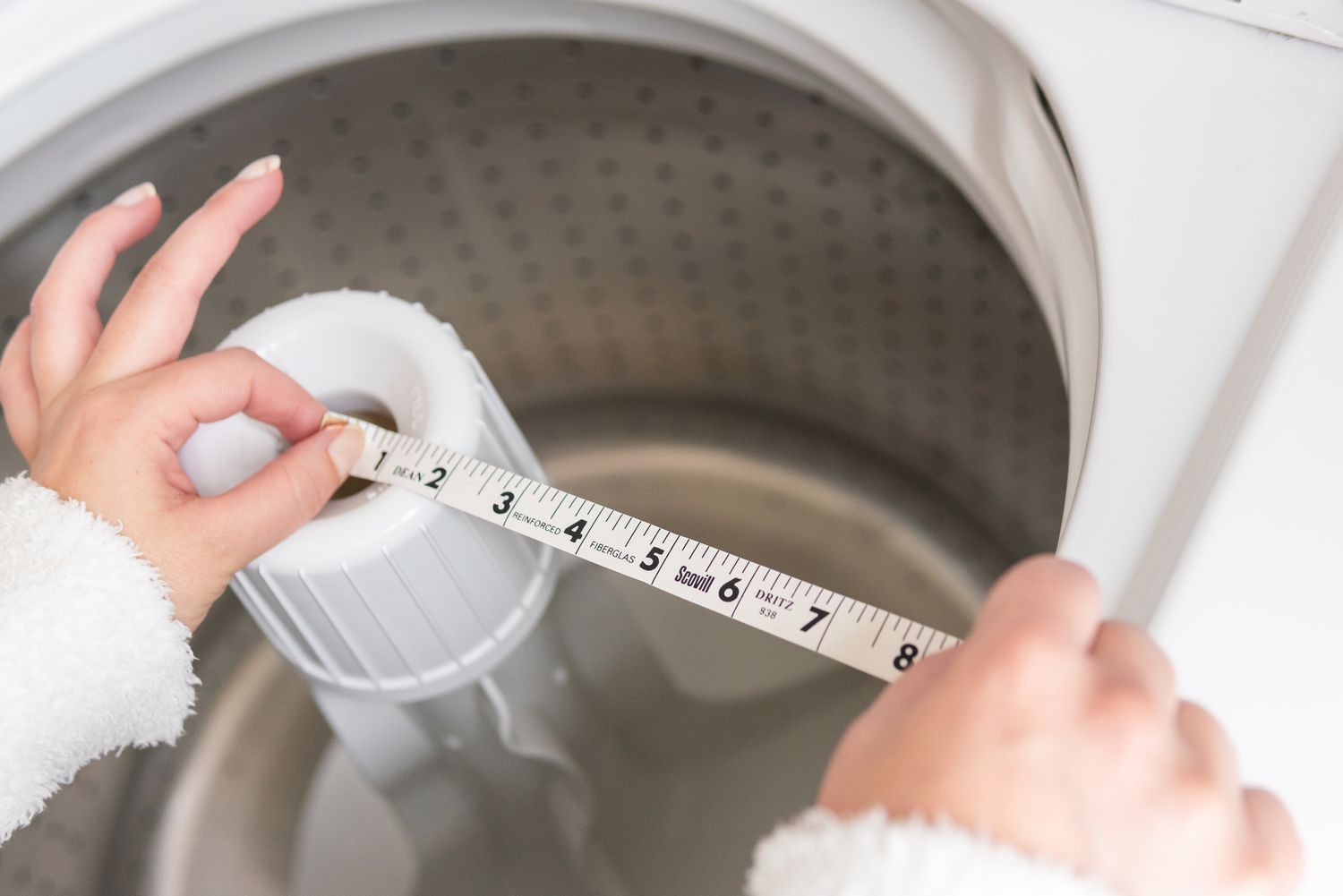

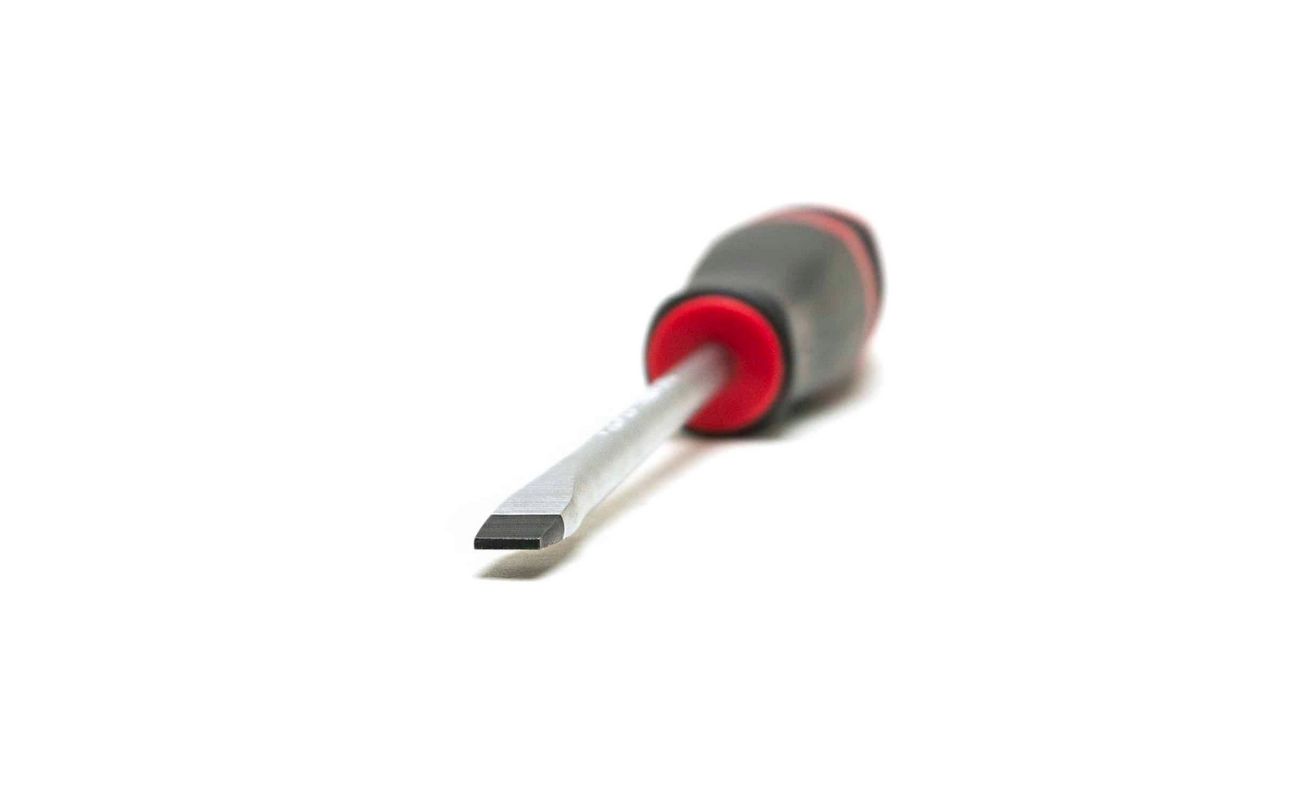

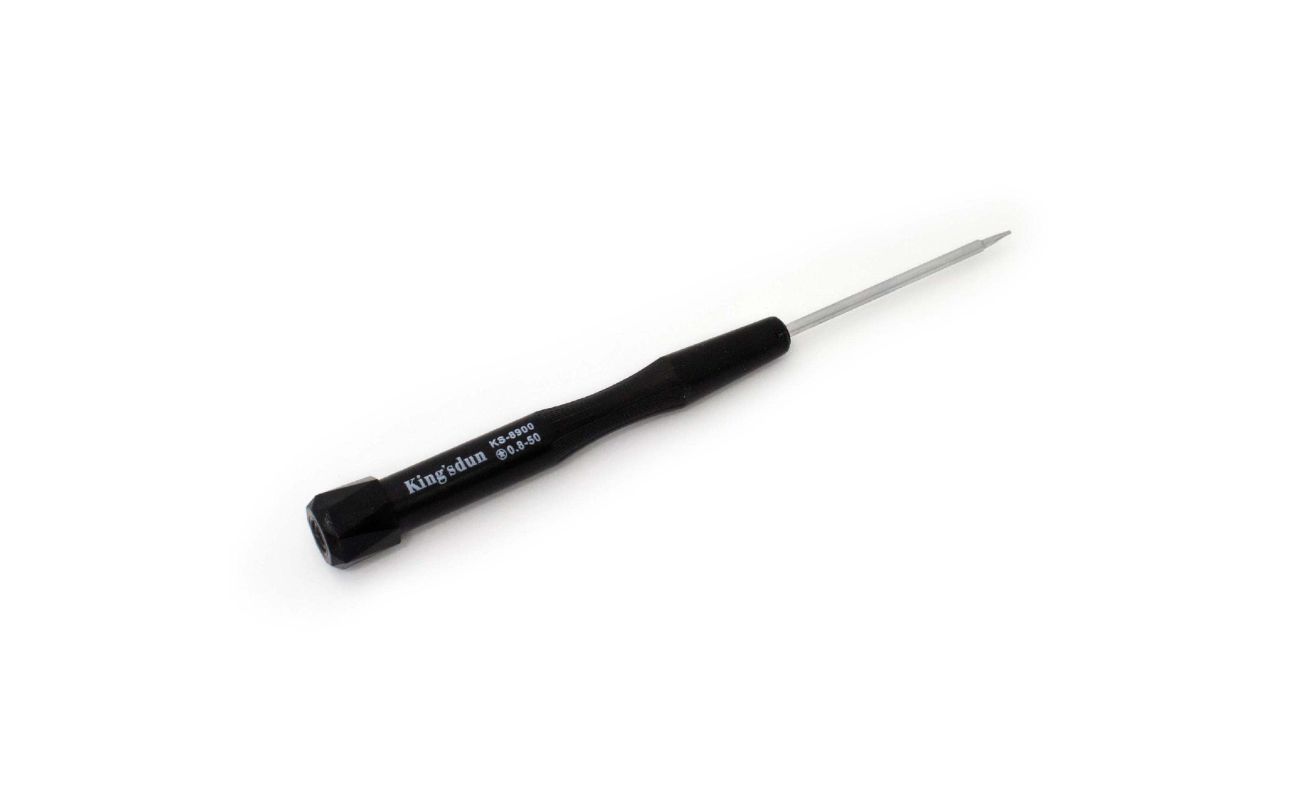


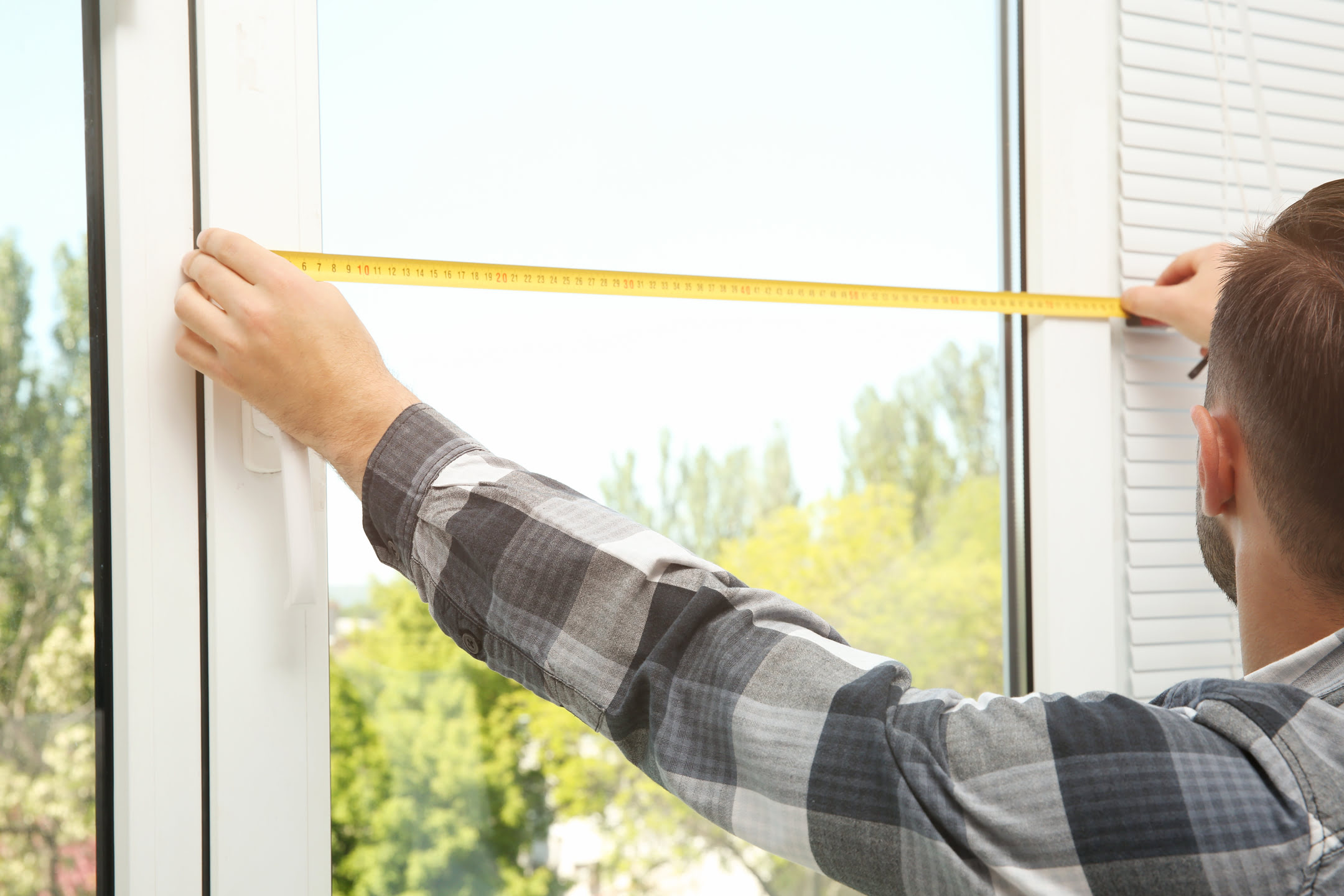

0 thoughts on “What Is The Standard Phillips Screwdriver Size”